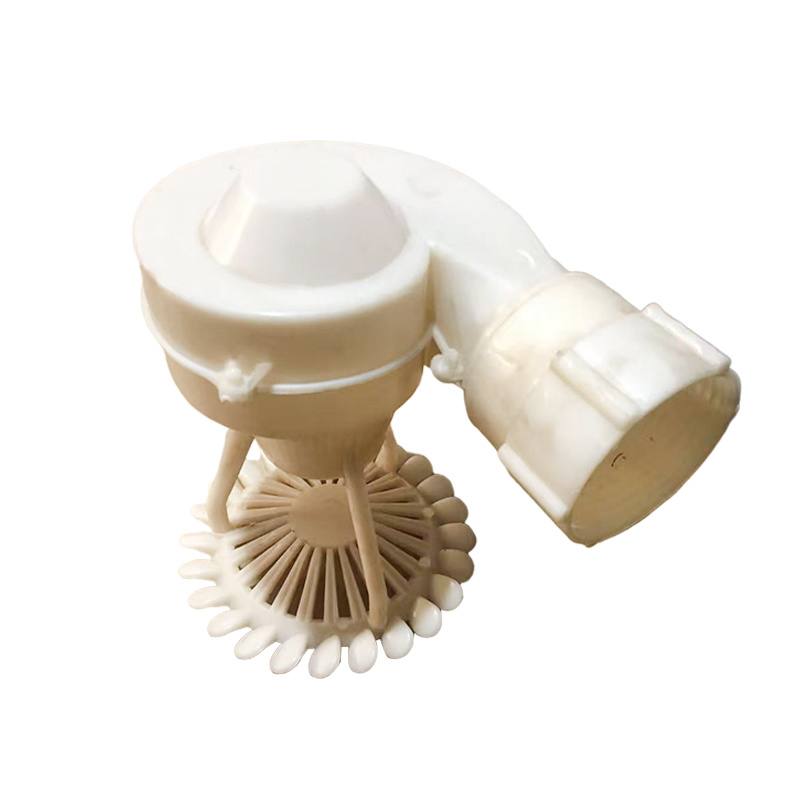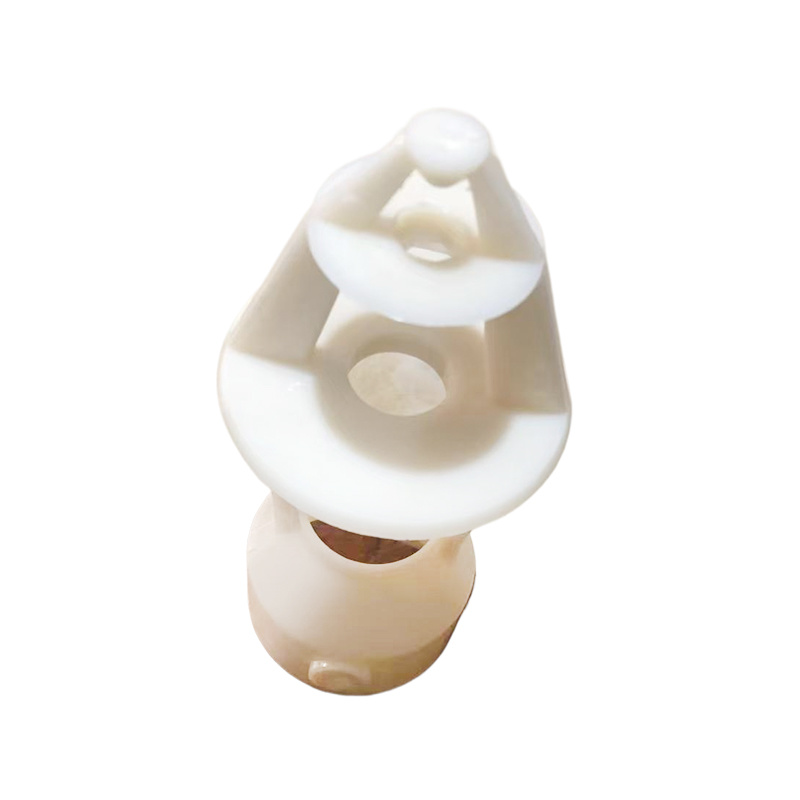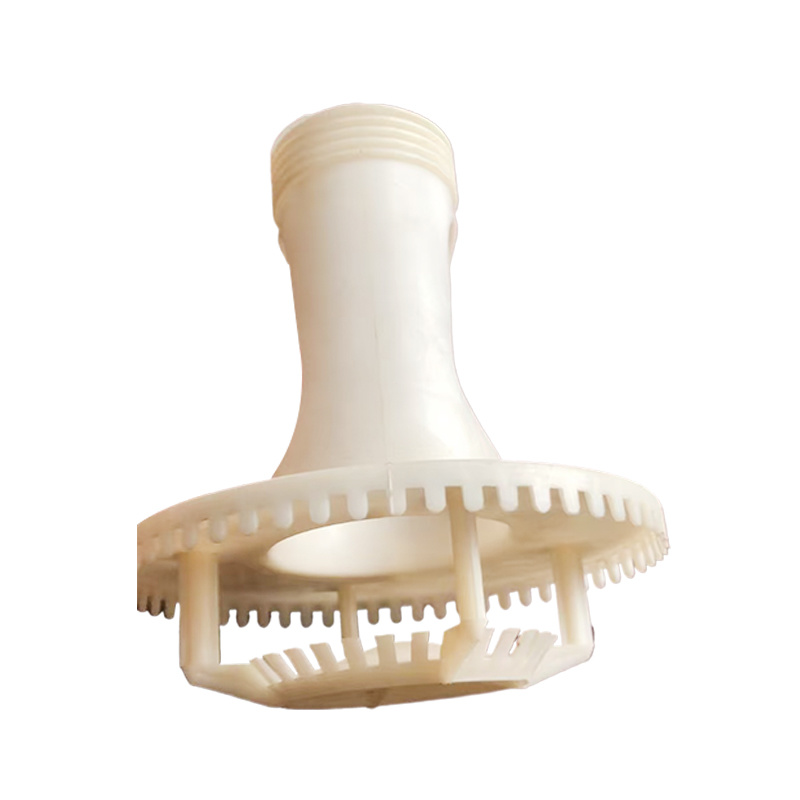Contact us
Email: sales@hbyyfrp.com
Phone: +86 15131877882
WhatsApp: +86 15131877882
Fiberglass Industrial Park, Zaoqiang County, Hebei Province
Trough-type FRP cable tray
- 产品描述
-
Trough-type FRP cable tray is a device used for laying cables. Due to its excellent performance, it is widely applied in various fields. The following is a detailed introduction about it:
Structural characteristics
Fully enclosed structure: The trough-type FRP cable tray is of a closed structure, consisting of a trough body and a cover plate. This structure can provide comprehensive protection for cables, effectively preventing external impurities such as dust, water vapor, and oil stains from entering, and avoiding erosion and interference to the cables. It is particularly suitable for environments with high requirements for cable protection, such as chemical workshops, basements, and tunnels.
Material characteristics: Mainly made of materials such as glass fiber reinforced unsaturated polyester resin. Glass fiber endows the bridge frame with high strength and rigidity, enabling it to withstand greater loads. Unsaturated polyester resin has excellent corrosion resistance, insulation and weather resistance, and can adapt to various harsh natural and chemical environments, thus extending the service life of the cable tray.
Smooth inner surface: The inner surface of the trough-type cable tray is smooth, which helps reduce the friction during cable laying, facilitates the insertion and withdrawal of cables, and also prevents the outer sheath of the cables from being damaged during the laying process.
Performance advantage
Excellent corrosion resistance: It can resist the corrosion of chemical substances such as acids, alkalis and salts. In some places with corrosive media, such as electroplating workshops and sewage treatment plants, compared with metal cable trays, trough-type FRP cable trays do not require additional anti-corrosion treatment, which can greatly reduce maintenance costs.
Excellent insulation performance: It has a high insulation resistance, which can effectively isolate the electrical connection between the cable and the outside world, prevent leakage and short circuit accidents, and ensure the safe operation of the electrical system. It is suitable for electrical equipment and circuits with strict insulation requirements.
Good fire resistance: Generally, flame retardants are added to make it self-extinguishing. In case of fire, it can delay the spread of the fire, buy time for personnel evacuation and fire rescue, and improve the fire safety performance of the entire electrical system.
Aesthetically pleasing and durable: The appearance is usually a smooth surface, and the color can be customized as needed, offering good decorative properties. Meanwhile, due to the stability of its material, it is not prone to fading or deformation and can maintain a good appearance for a long time.
Application field
In the industrial field, it is used for laying various power cables, control cables and communication cables in industrial plants such as chemical engineering, petroleum, metallurgy and power. These places usually have corrosive gases, liquids or high humidity environments. The corrosion resistance and protective performance of the trough-type FRP cable tray can ensure the safe operation of the cables.
In the field of architecture, it is often used for cable laying in both vertical and horizontal directions in high-rise buildings, commercial complexes, hospitals, schools and other structures. Its closed structure can prevent the cable from affecting the internal space of the building, while providing good fireproof and moisture-proof performance to ensure the electrical safety of the building.
In the field of municipal engineering: In the construction of municipal infrastructure such as subways, tunnels and Bridges in cities, trough-type FRP cable trays can be used to lay communication cables, signal cables and power cables, etc. Its weather resistance and anti-aging performance can adapt to the complex outdoor environmental conditions, ensuring the stable operation of the cable system.
Keywords:









